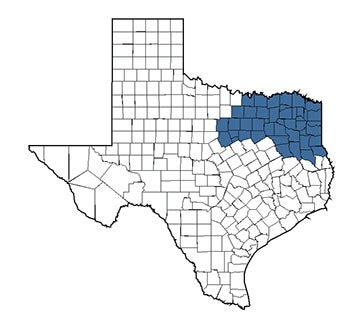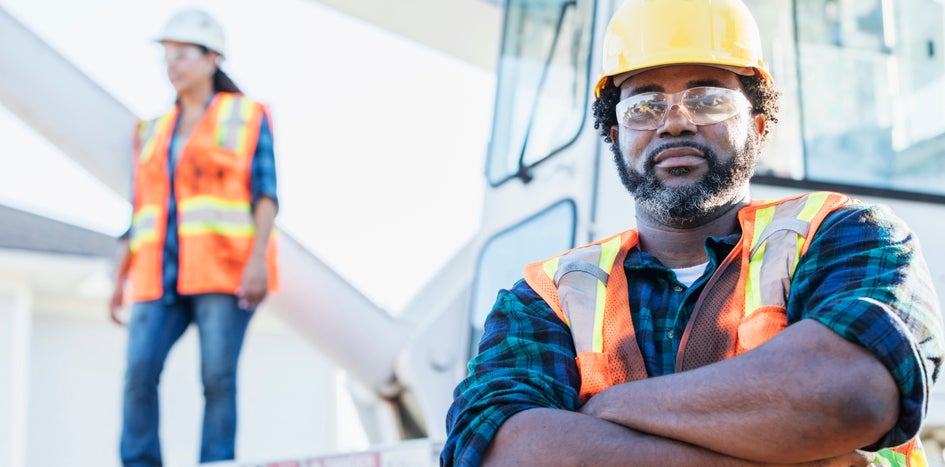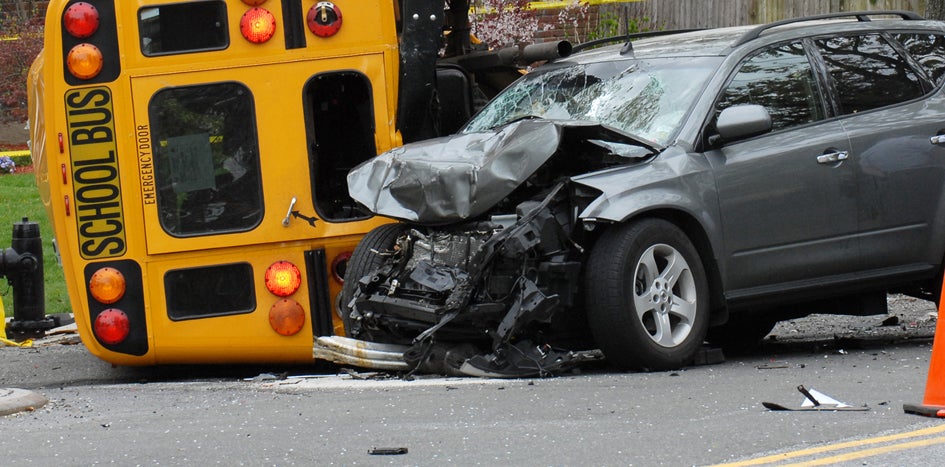Why Lithium-Ion Batteries Should Be on Your Risk Radar
Last year, a fire broke out in the coaches’ office at Hopewell Junior School in Ohio, damaging the facility and displacing students for weeks. The culprit? A lithium-ion battery (LIB) charging under a bin of jerseys.
Because of their long lifespan and lower maintenance requirements, LIBs are the popular choice for powering small devices such as tablets, cellphones, handheld power tools, vapes, and e-scooters as well as large equipment like golf carts, data centers, and electric buses. LIBs are generally safe, according to the National Fire Protection Association, with only 1 in 10 million failures. When they do fail, however, the consequences can be serious.
Risks and Solutions
LIBs store a lot of energy is small spaces. Defective, damaged, or improperly used LIBs can cause fires and explosions like the one in New York, where firefighters responded to a 5-alarm fire caused by an e-scooter. The blaze injured at least seven people and consumed an apartment building.
Most LIB-induced fires burn hotter than other fires. They also produce their own fuel in the form of oxygen, making them more difficult to extinguish. Sometimes, first responders have no choice but to let the fire burn out. You can protect your people and your property if you follow these basic best practices.
Update Your EOP
Assign your school safety and security committee (SSC) responsibility for adding a hazardous materials annex to your state-mandated emergency operations plan (the annex is required for community colleges). Your annex will establish guidelines for preventing and responding to incidents involving hazardous materials that could threaten your schools. Examples include toxic chemicals, gas leaks, pesticides, and oil spills.
Pro tip: Leverage this Texas School Safety Center toolkit when a developing your hazardous materials annex.
Control Access
Equipment should be stored in secured areas away from potentially flammable materials and buildings. Only authorized employees who have been properly trained should be allowed to operate or work on equipment.
Engage First Responders
Consult your environmental, heath, & safety department as well as your local fire officials, fire department, or county emergency manager before installing large equipment such as electric vehicle charging stations and grid storage backup power supplies. They can help you identify funding, safety practices, proper waste disposal, and the safest areas to place equipment.
Train Employees
The end users of LIBs—your employees—need to understand the risks and how to protect themselves and others. Here are a few examples of topics you should include in your training program.
Storage
Large LIB-powered items should be stored away from flammable items, people, facilities, and equipment. Make sure there is a fire hydrant or other water source nearby. The goal is to limit the impact if a fire erupts.
Smaller devices should be stored at room temperature, at least three feet apart. Require students to park e-scooters or e-bicycles only in designated spaces, not inside campus facilities.
Charging
- Only use the charging cord that came with the device.
- Plug chargers directly into walls, not into power strips.
- Don't charge near flammable material such as athletic jerseys.
- Don't charge overnight.
- Unplug the device when it's fully charged.
Pro tip: The vendors you purchase LIB-powered equipment from are in the best position to train employees on how to use it safely. Try to include vendor training in your contracts. In fact, we encourage you to invite your TASB risk solutions consultant to attend and deliver related services that come with your coverage.
Disposal
Tampa bay, Florida has seen about a dozen trash truck fires likely started by LIBs in 2024. Bottom line: Never dispose of LIBs in the regular trash. The Environmental Protection Agency recommends sealing LIB terminals with electrical tape or putting each battery in a separate container. From there, make sure you comply with Texas Commission on Environmental Quality hazardous waste regulations.
Red Flags
Strange odors and noises, changes in color and shape, abnormal heat, and leaking are red flags for defective or damaged LIBs. Stop using the device immediately and move it away from flammables if you can do it safely. Fire extinguishers don't work on LIB-induced fires, so call 9-1-1.
Emergency Response
Your safety and security committee should be responsible for ensuring employees are trained on your emergency procedures, including your hazardous materials annex. Leverage drills and exercises to reinforce training and reduce the risk of confusion, panic, and injuries during emergencies.
Resources
For more information about LIBs, visit these Environmental Protection Agency FAQs and the National Fire Protection Agency Lithium-Ion Battery Safety Toolkit.

Nicole Callahan
Nicole Callahan is located in Rowlett and is responsible for providing risk solutions services to Workers’ Compensation, Auto, Property, and Liability members in ESC Regions 8, 10, and 11 and most of Region 7.
Callahan joined TASB Risk Management Services as a risk solutions consultant in 2018. She began her environmental career in 2002. Callahan’s field service experience in the public and private sectors ranges from plant decommissioning to high-hazard emergency response.
You May Also Like…
View All Related Insights
Elements of Accident Prevention Plans
An accident prevention plan can keep employees safe at work and keep them from taking days off of work. We broke down how to create one and what to include.

How To Manage and Mitigate Your Burn Risks
From bustling kitchens to science labs to maintenance and transportation shops, there are plenty of opportunities for burns to occur at your school or community college.

The Importance of a Thorough Accident Investigation
Conduct accident investigations to uncover the root causes of workplace injuries, correct them, and reduce the risk of similar injuries.

Your Chemical Disposal Playbook
Learn why and how to safely and legally dispose of chemicals that are expired, improperly stored, or unnecessary.
